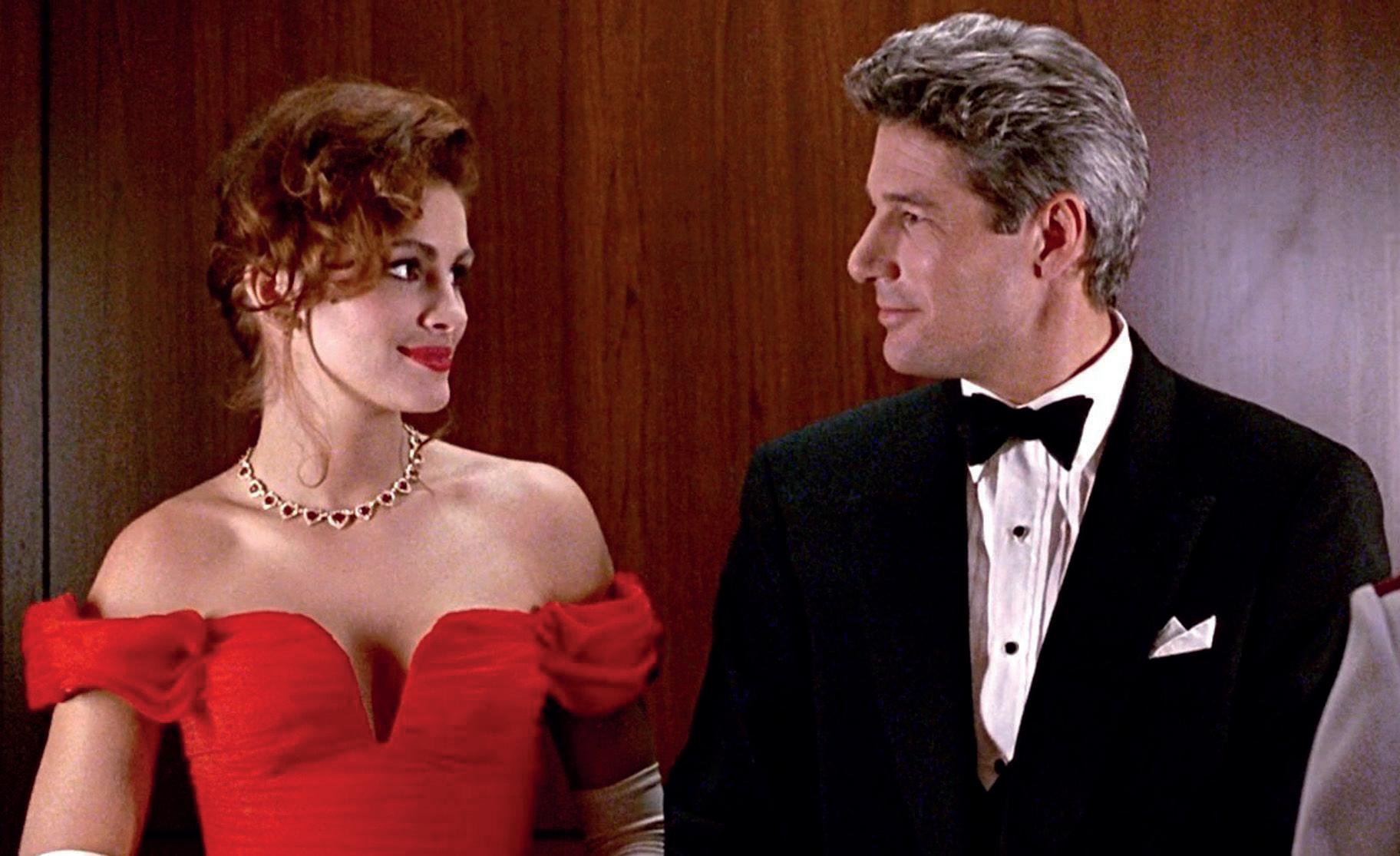
1 minute read
CONTEMPORARY T G
By Alina MacNichol
When asked by opera newcomers to describe the plot of La traviata, I often mention the movie Pretty Woman, the most recognizable modern-day adaptation of the classic story of a fallen woman redeemed through true love. Romance and drama abound in both stories, but unlike Julia Robert’s fate, La traviata ends in tragedy with the heroine Violetta surrendering her heart to cruel social conventions.
Verdi created a story that dealt with the realities of life in his society, many of which resonate with us today: privilege, illness, social exclusion, and the hardship and hypocrisy women face in a male dominated world. He also created one of the most riveting and sympathetic female characters in opera, a courtesan with an infectious zest for life and a generous spirit.
Violetta lives outside society’s accepted norms and has the freedom and power to do as she chooses. Empowered by her strong will, passion, and determination to control her destiny, she decides to change her life to be with Alfredo. Ultimately, however, she gives up Alfredo so his sister can find happiness and his family can maintain their social status.
Violetta decides to leave Alfredo out of compassion and an honest assessment of their future, maintaining her dignity despite heartbreak and illness. She can’t hold off death but faces it on her terms and dies knowing she is deeply loved and valued.

During her weakest moments, she shows the greatest moral strength of any character in the opera.
Despite being offered material things by her new lover to leave life on the streets, Vivian in Pretty Woman declared, “I want the fairytale.”
Similarly, Verdi has given us a true heroine who chooses freedom but believes in the enduring power of love, bravely sacrificing herself to fulfill a tragic destiny.
She is the model for other later heroines who are empowered to find their strengths and determine their own choices.
Most importantly, deciding whether to follow her heart or head, she is every woman in the audience.








